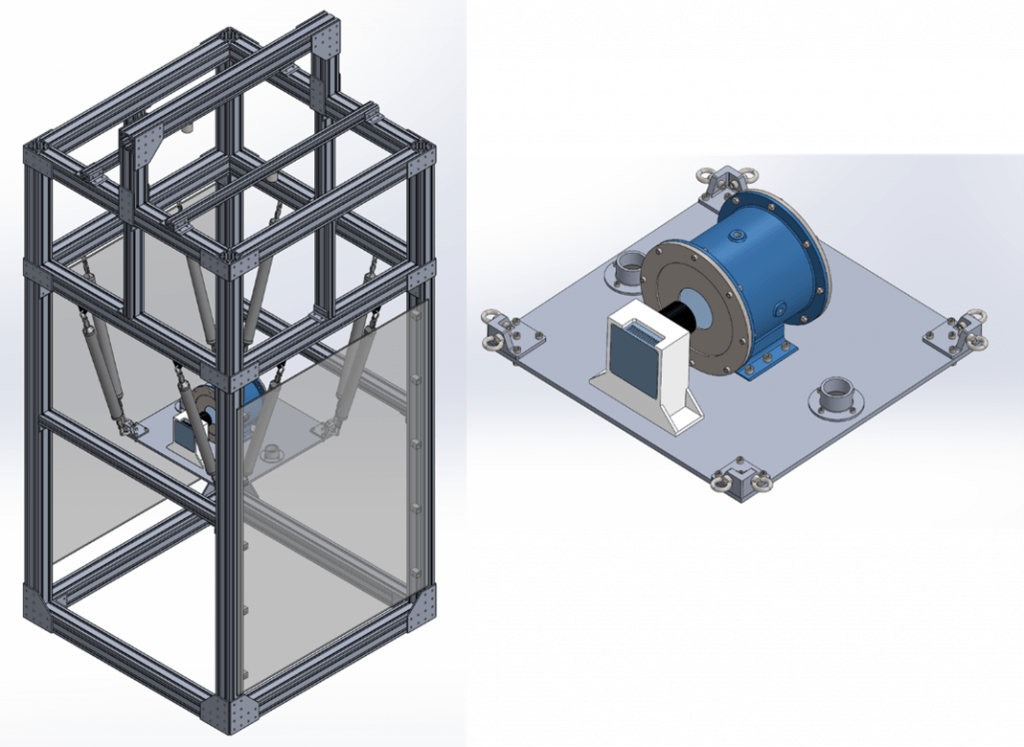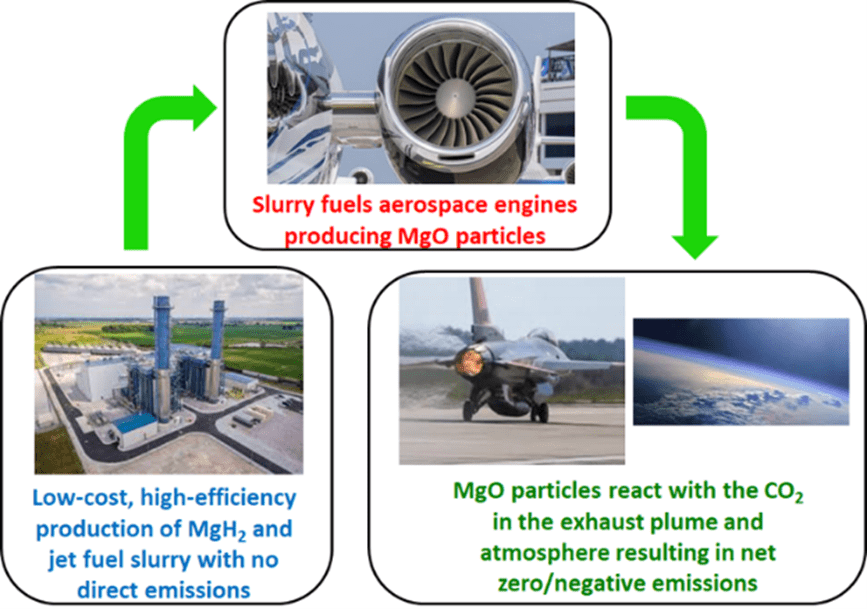Combustion Characteristics of Hydrofluorocarbons
Environmental concerns have motivated the development of alternate fluids that have low ozone depletion and global warming potential for use as refrigerants. The compounds that have been identified, mostly hydrofluorocarbons (HFCs), are mildly flammable (relative to hydrocarbons) i.e. their mixtures with air can sustain a flame. These flames, being slowly propagating are strongly affected by buoyancy induced flow and radiation heat loss, making it challenging to quantify their flammability, and develop safety protocols. A three year grant from NSF (CBET-2053239) has enabled a detailed investigation that aims to: 1) quantify the flame propagation rates and high-temperature fluorine-based kinetics of these exotic compounds using a free-falling combustion experiment and a novel radiation model, and 2) understand the combined effect of intrinsic flame-front and gravity-induced instability growth on flame acceleration, which is absent in most terrestrial premixed flames.

Deflagration-to-Detonation Transition (DDT)
Flames can accelerate due to a intrinsic instabilities and can abruptly transition to a detonation, a shock sustained by combustion heat release. Accidental formation of detonations can result in severe damage and controlled detonations can be harnessed to develop high efficiency engines. They are also believed to be formed during supernovae. Our group is investigating the factors that govern the process through which a subsonic flame (deflagration) transitions to a supersonic detonation.

Metal-Hydrocarbon Slurry as a Zero Carbon Dioxide (CO2) Emissions Aviation Fuel
In collaboration with Prof. Adam Powell, we have been investigating the feasibility of using a magnesium hydride in a jet fuel slurry as an environmentally friendly aviation fuel. The combustion product MgO reacts with carbon dioxide (CO2) in the atmosphere, resulting in carbon capture. The MgH2 loading and fuel provenance (fossil vs bio-derived hydrocarbon, electrolytic vs. thermal Mg) determine whether the slurry results in net-positive, net-zero, or even net-negative CO2 emissions. For a passenger aircraft like the 787, the slurry results in a range comparable to Jet A, which is significantly higher than other carbon-free alternatives such as hydrogen or ammonia (both less than 40% of Jet A).
